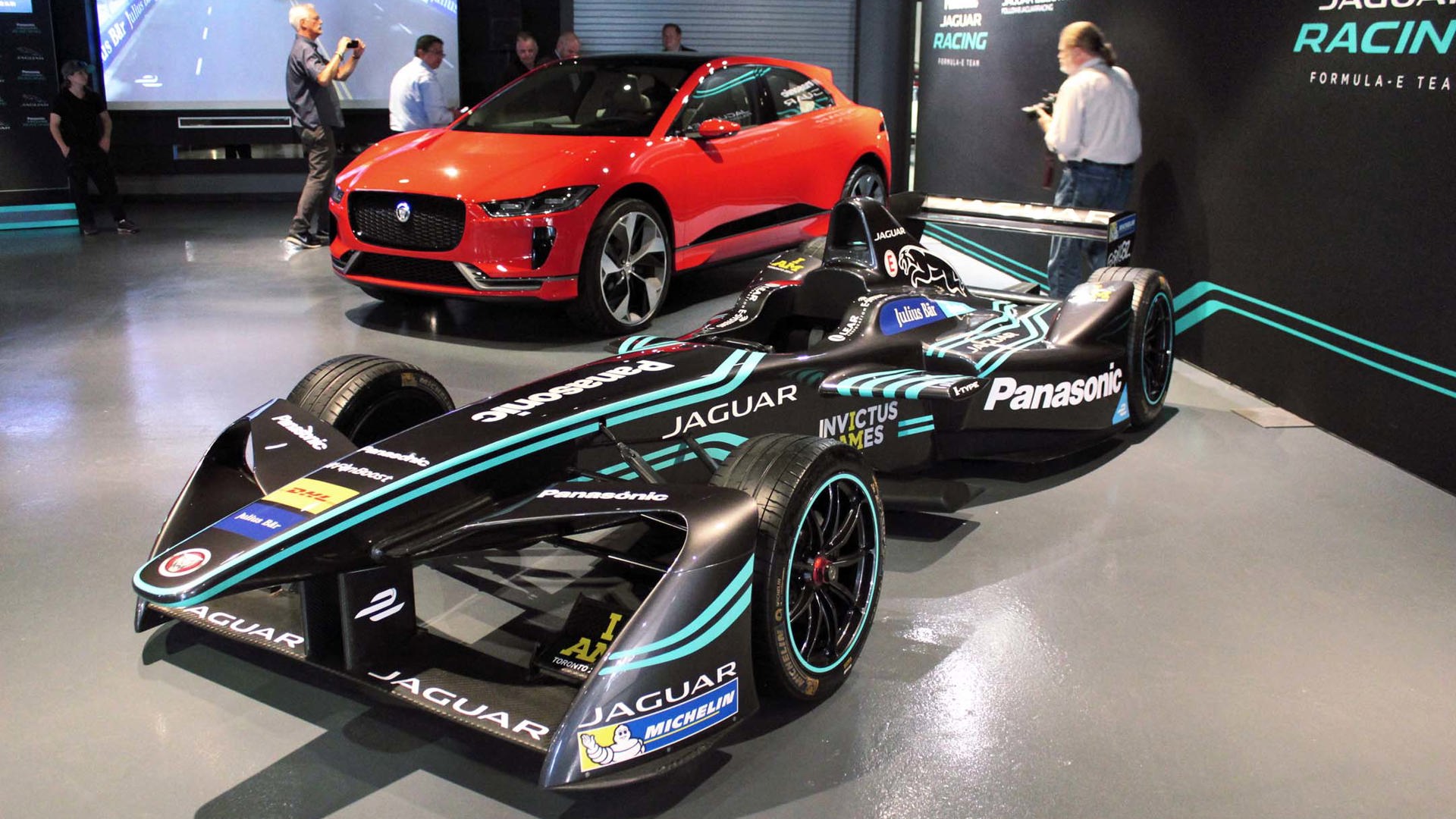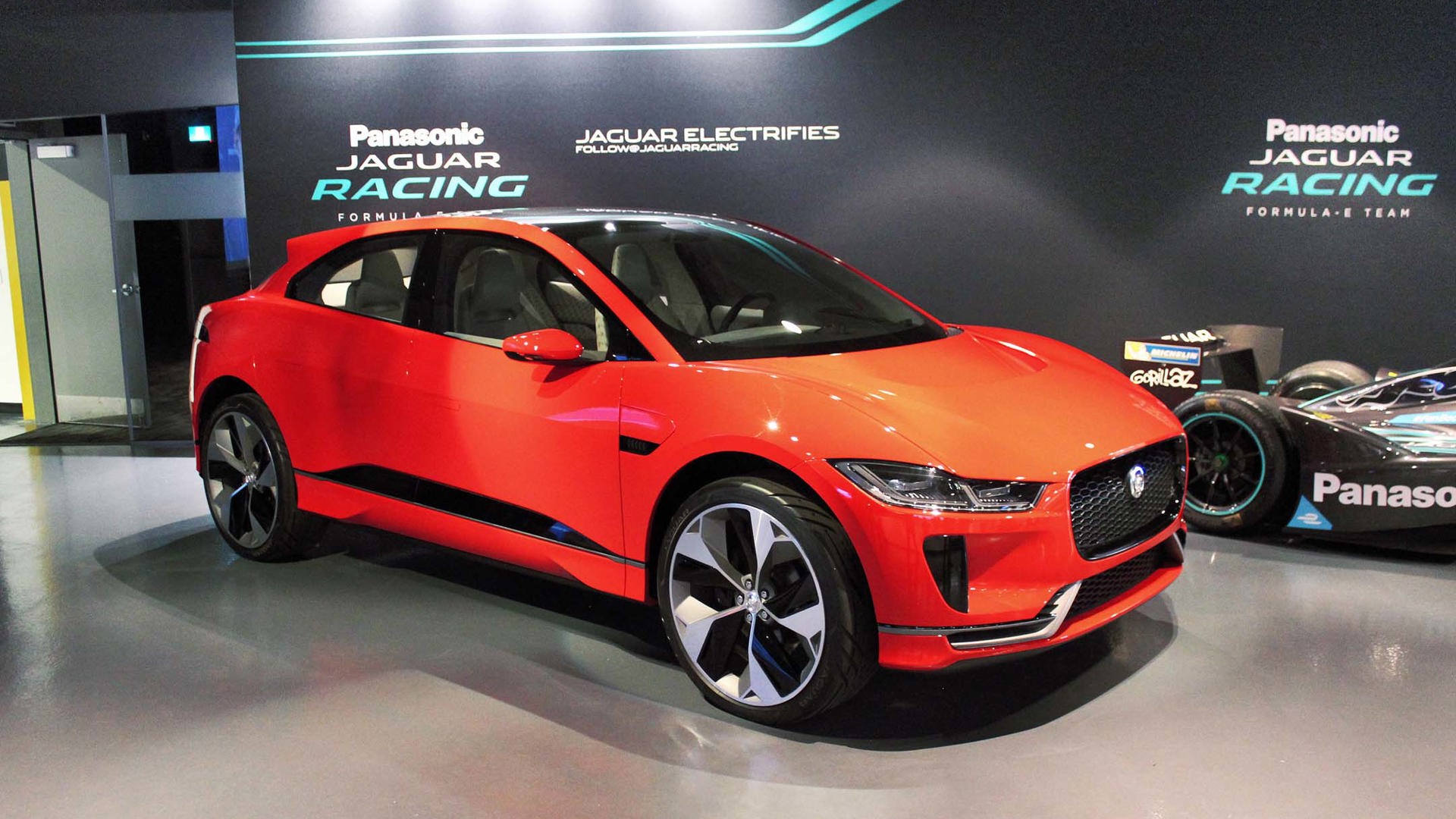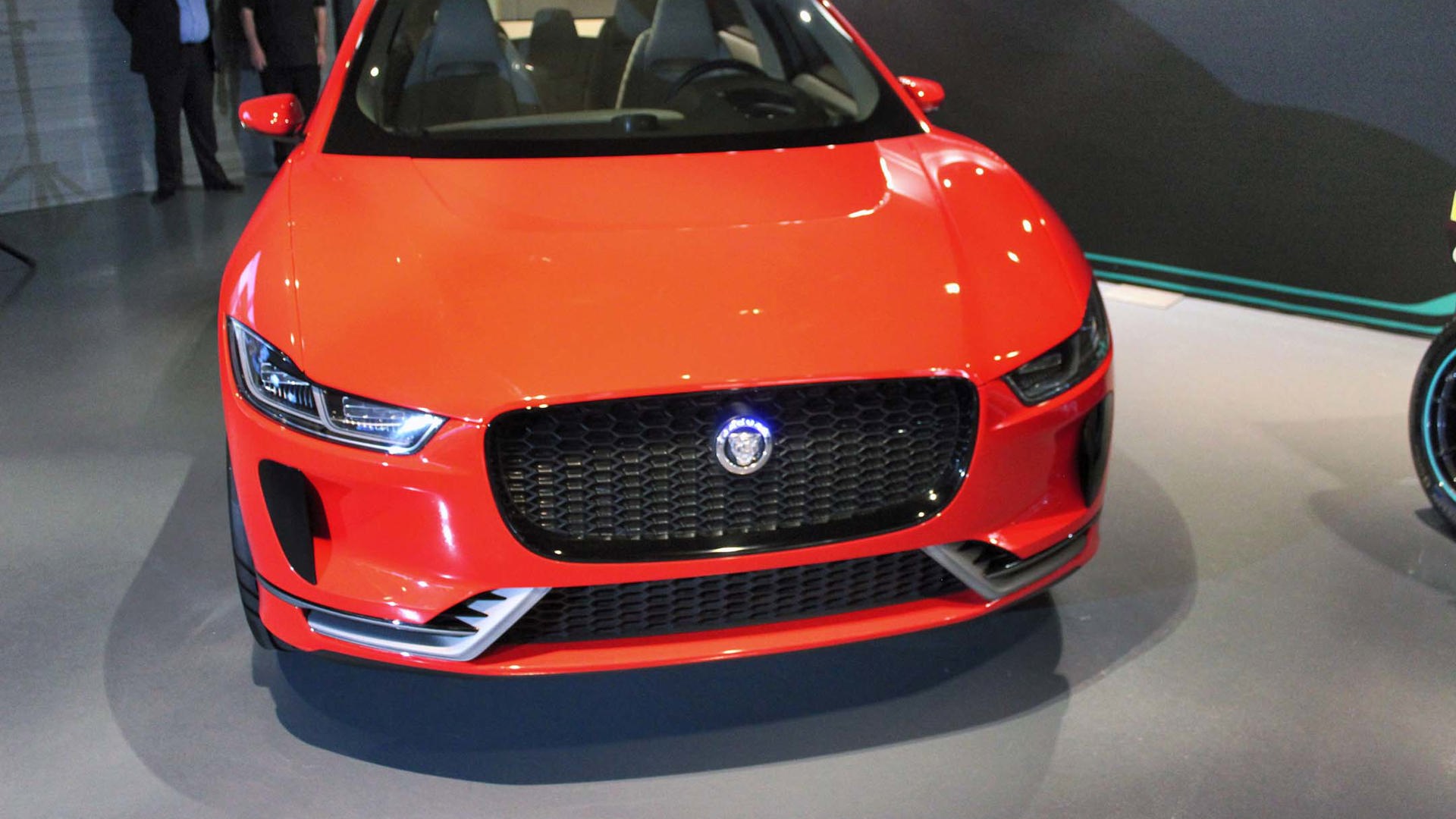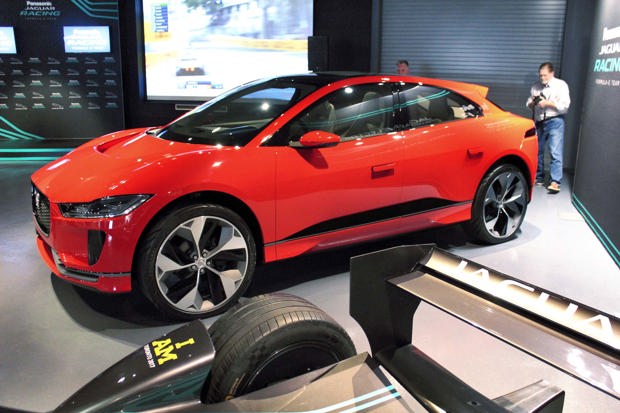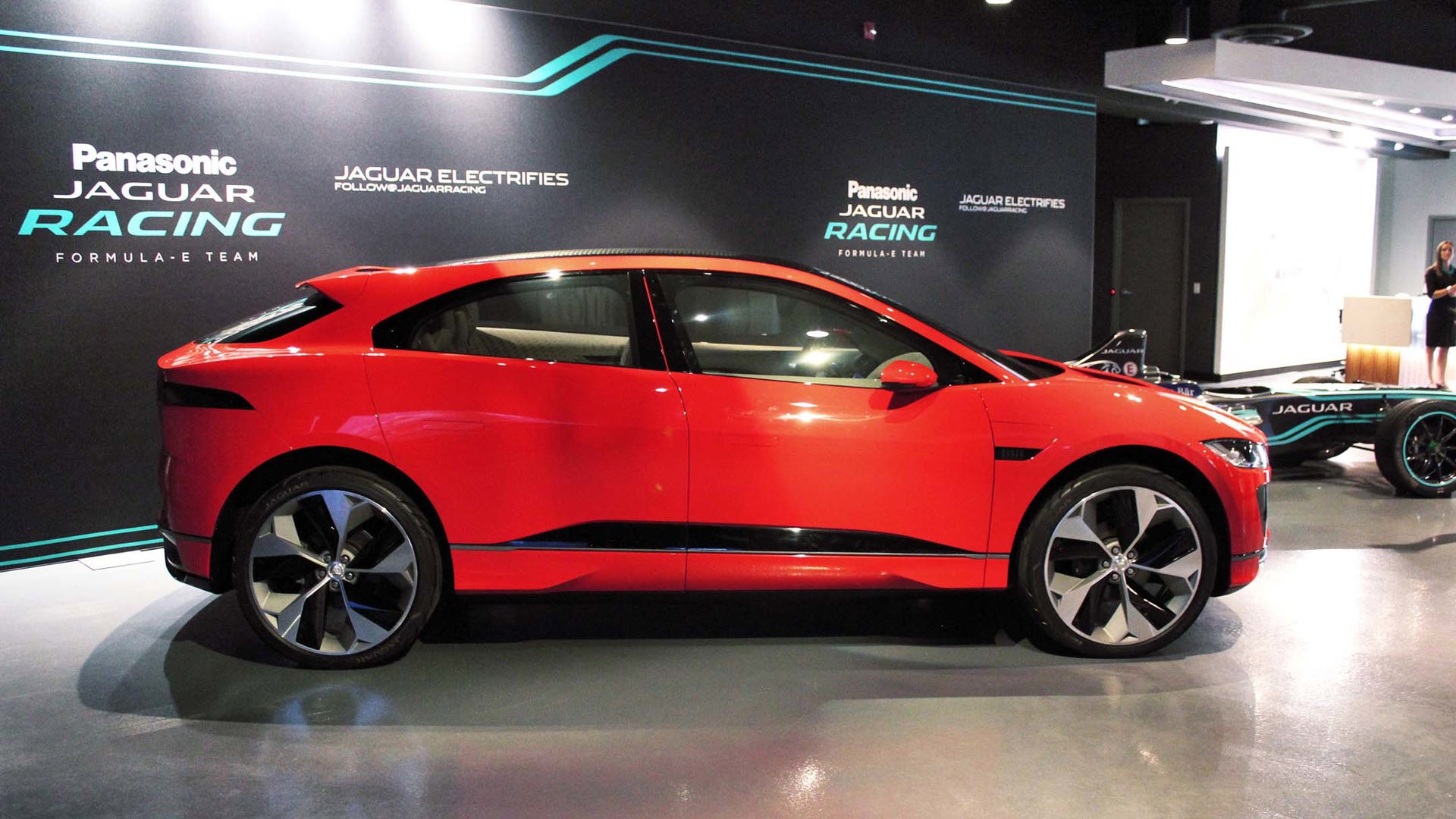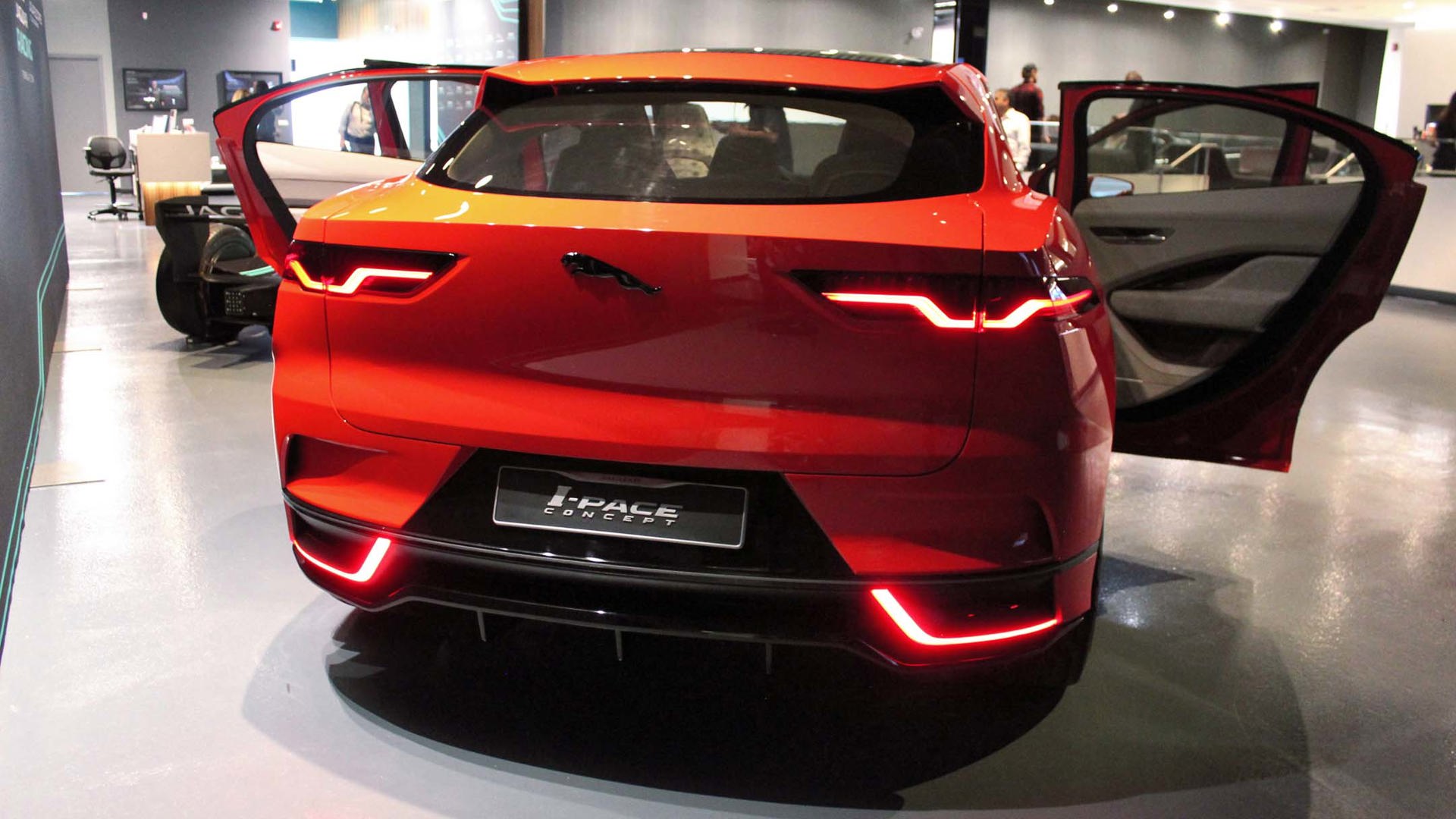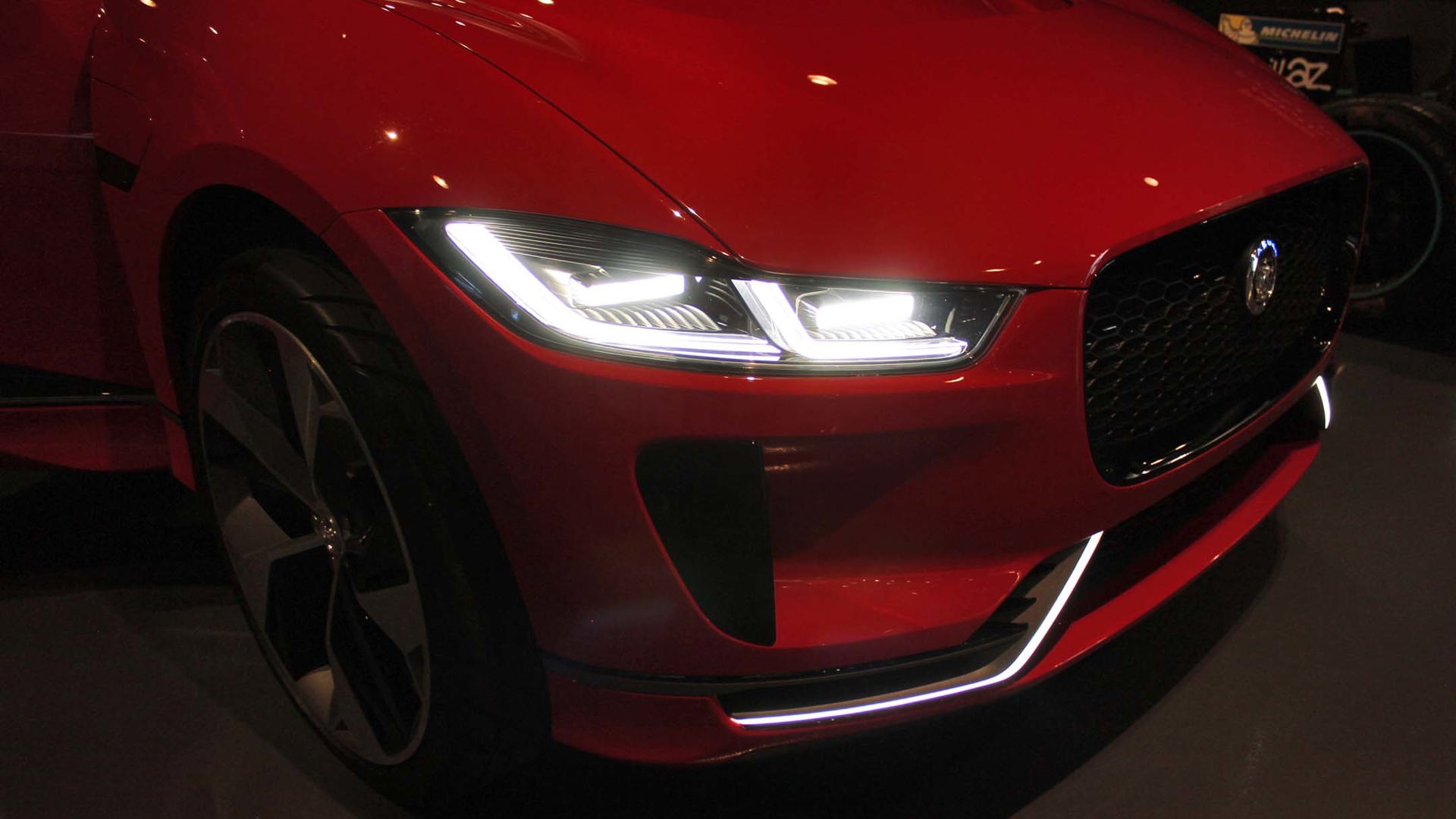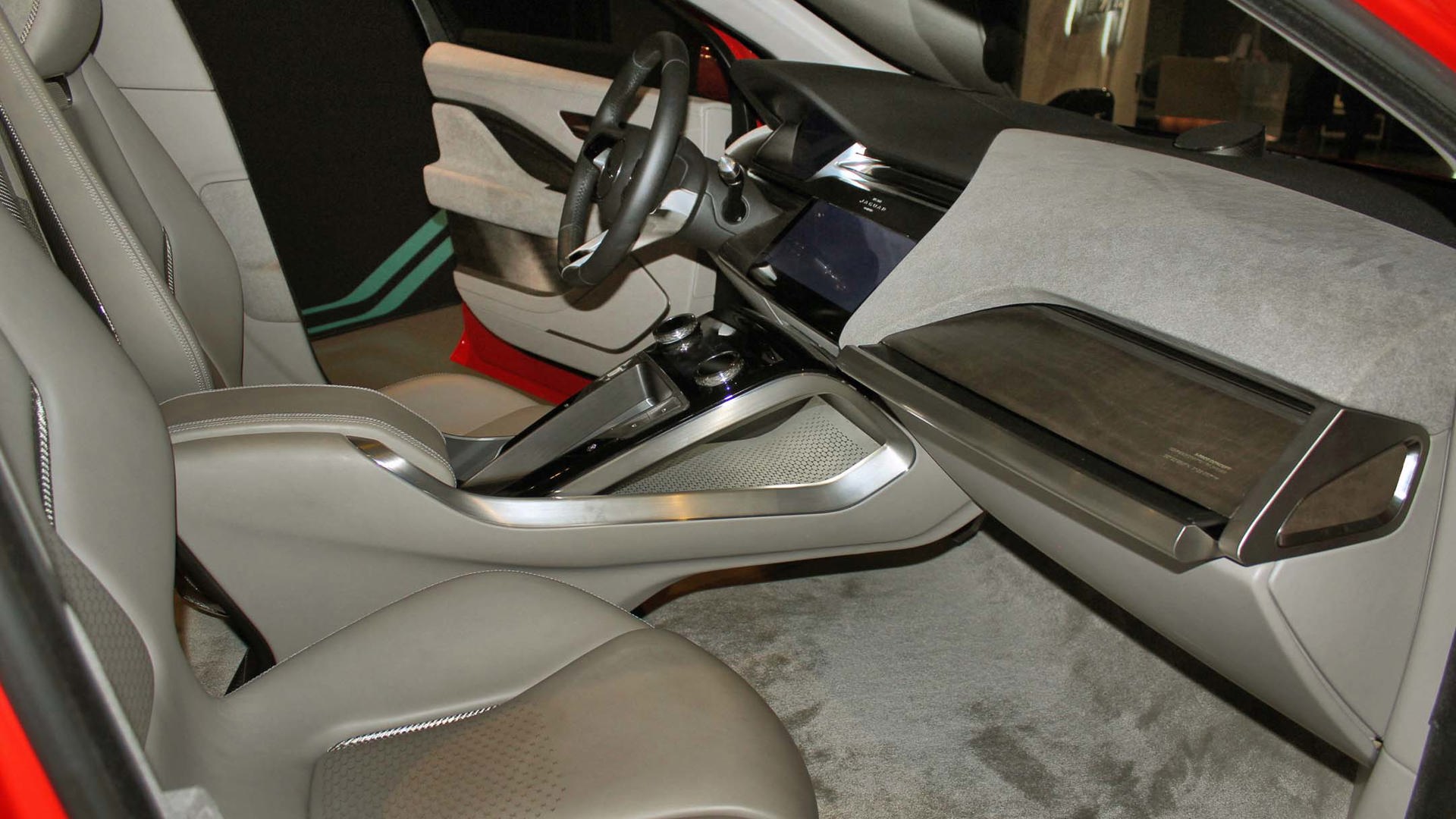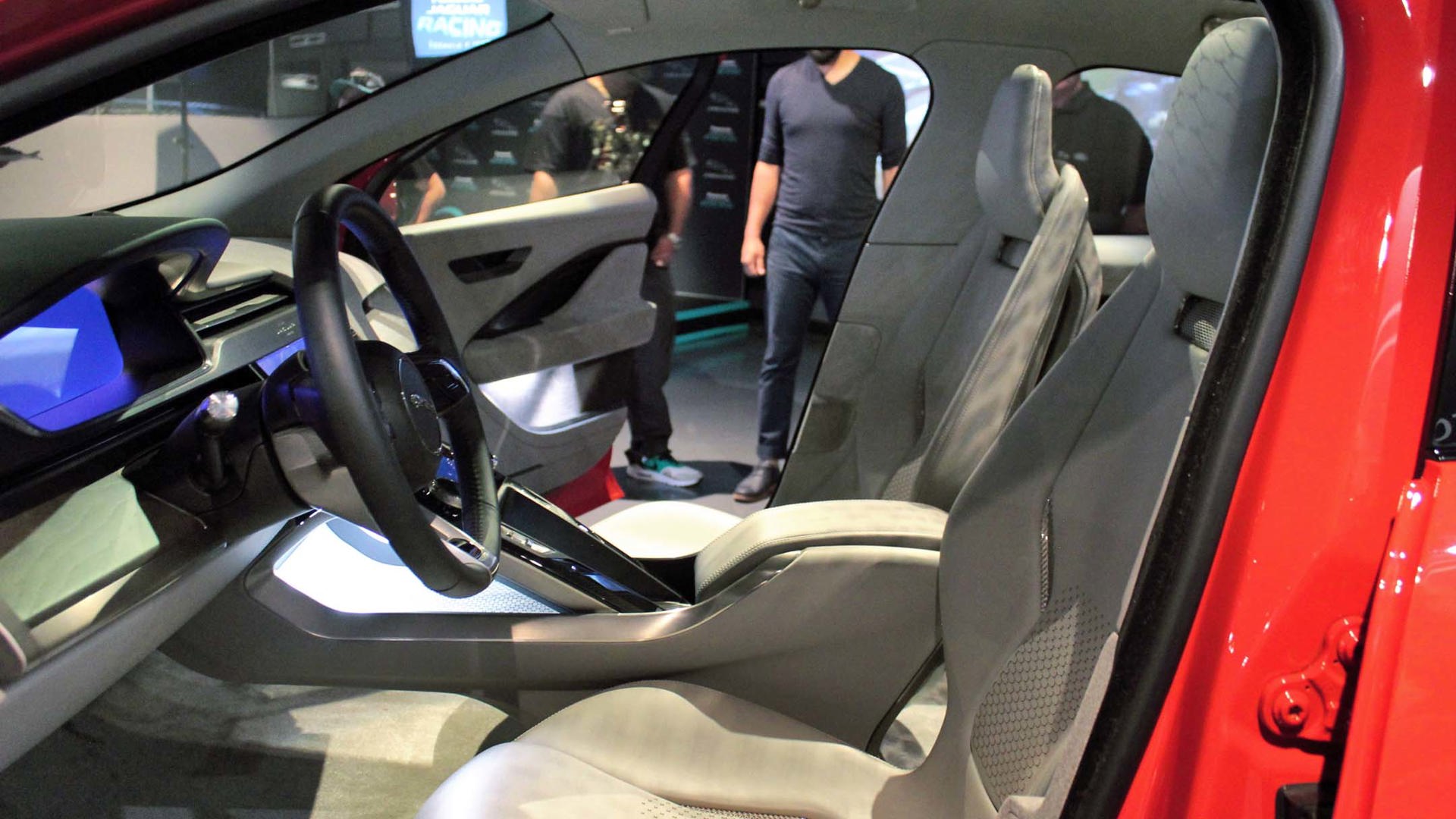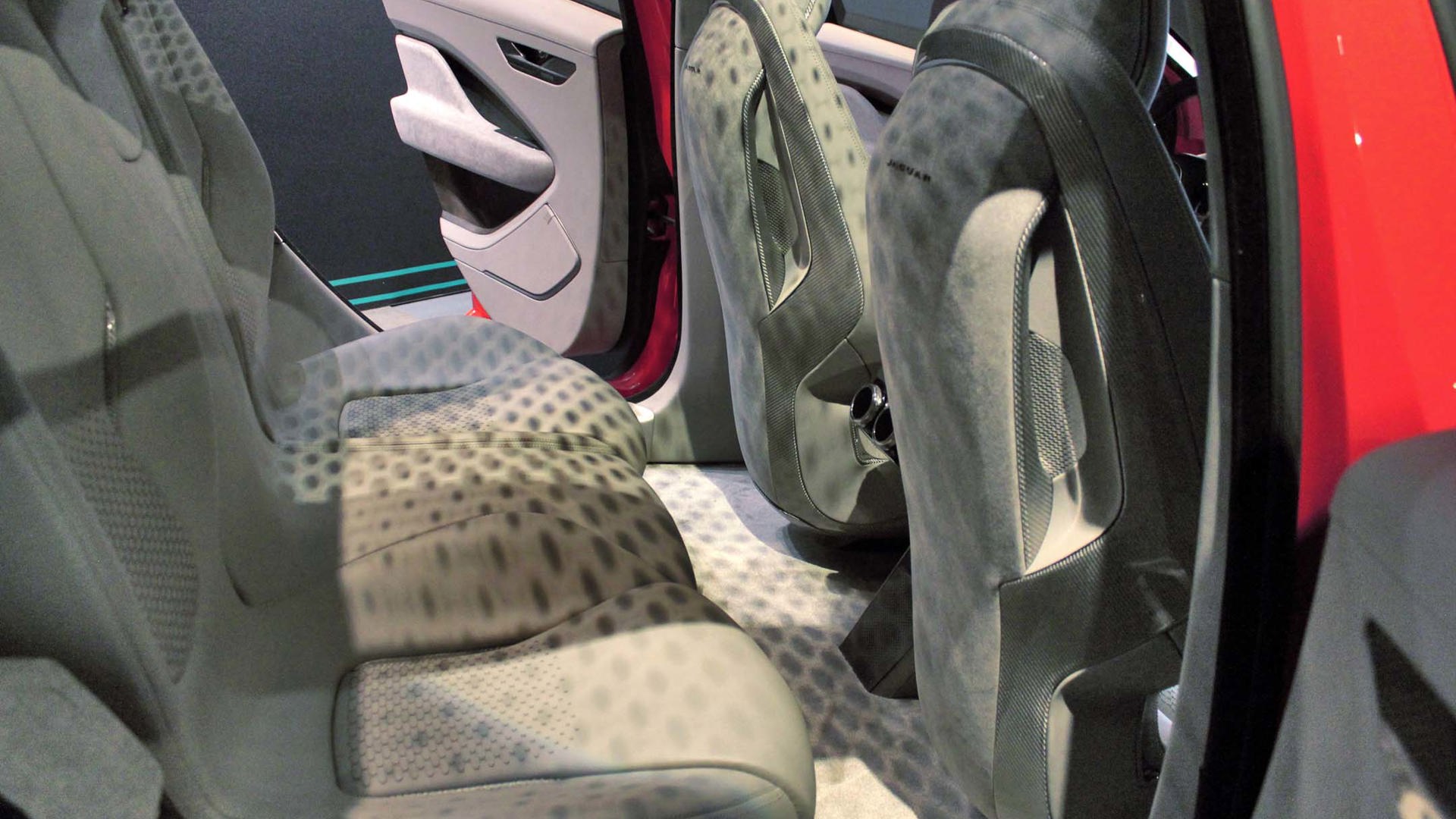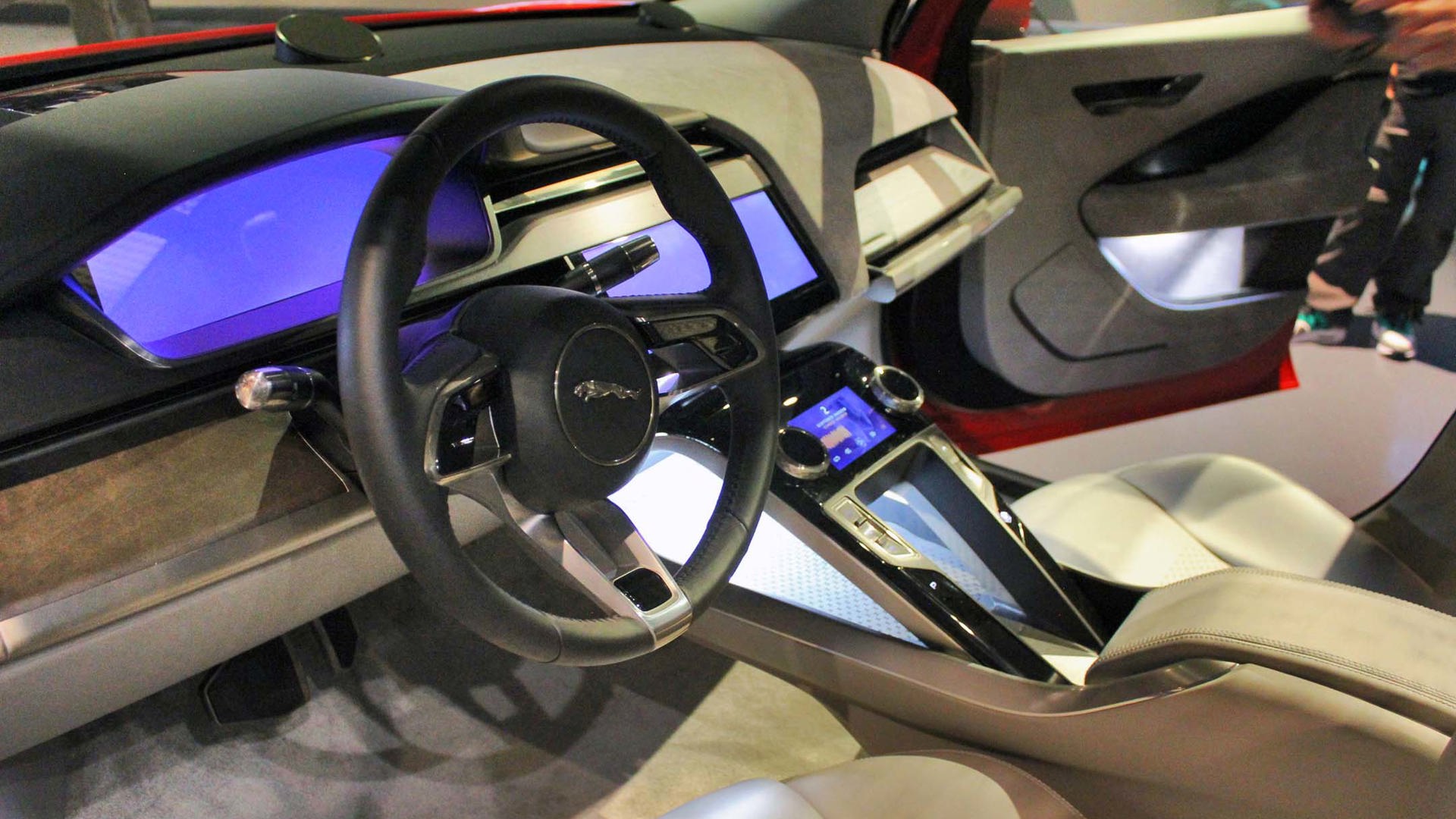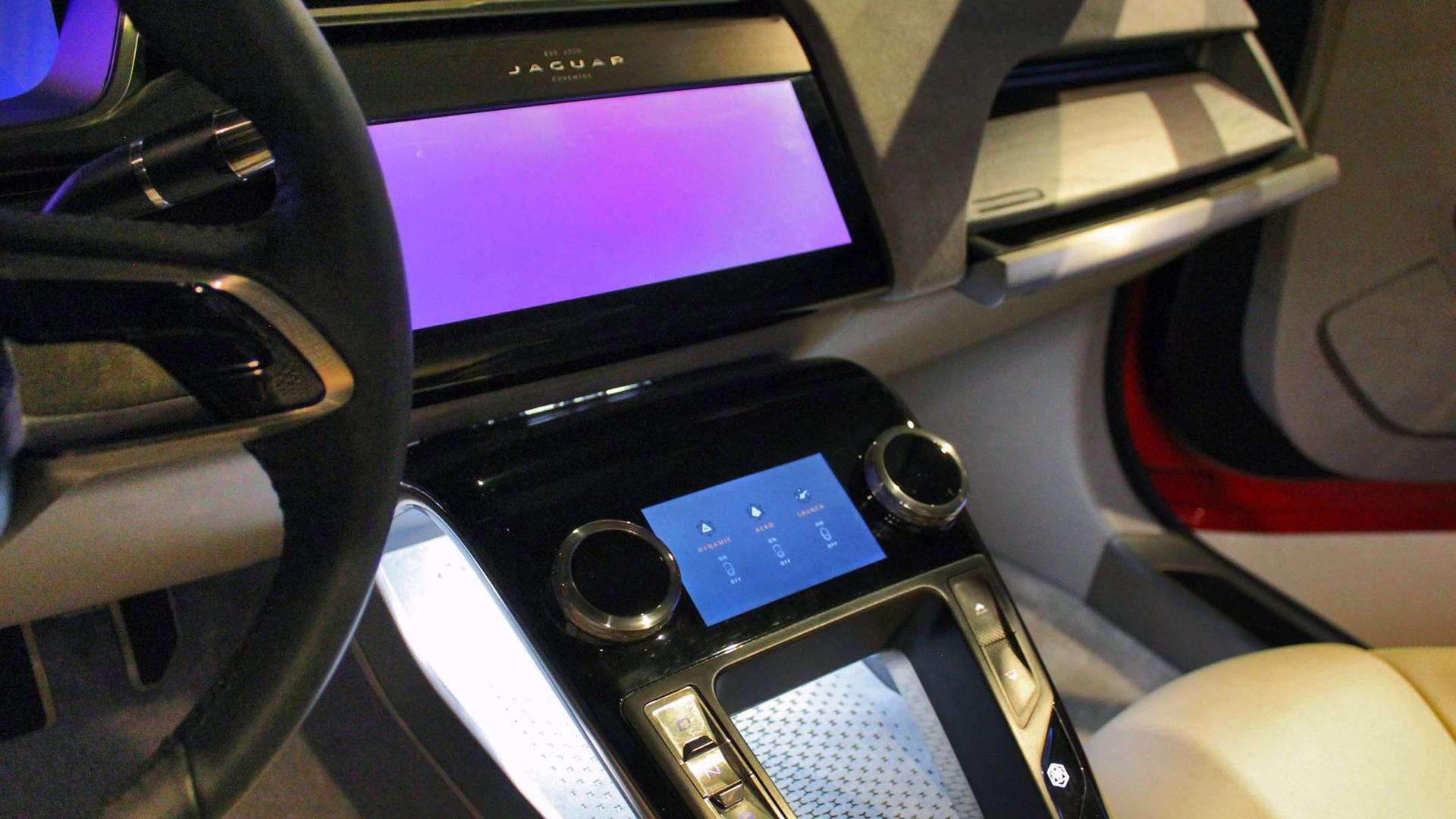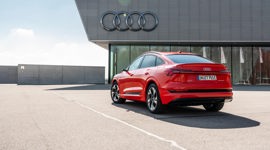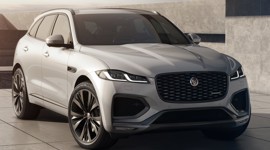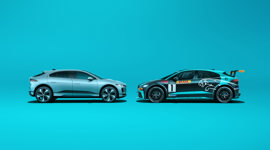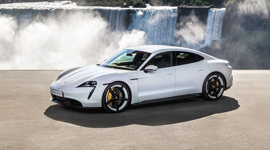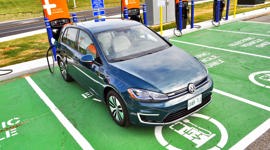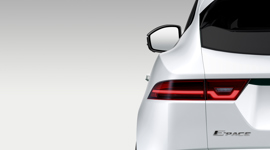When considering the hurricane of hype currently engulfing the electrification of the automobile, you’d think we were on the precipice of an automotive revolution – a paradigm shift not unlike the time when folks started thinking that maybe the slow and stinky automobile that broke down too much was actually better than the slow and stinky horse that dropped dead too much.
We’re not there yet. Far from it. Despite auto manufacturers’ willingness to take a financial bath on every electric car they sell, and some governments’ (read: Ontario, Quebec, BC) willingness to spend millions of our tax dollars to bribe a handful of people to go electric, the BEV (battery electric vehicle) accounts for less than one percent of the market.
Yet the march continues, and that’s because automakers know the future is electric, be it five, ten, or twenty years away.
Jaguar showed its brave face of electrification recently at a location in Mississauga where the one and only Jaguar I-Pace BEV crossover concept made its Canadian debut along with a Panasonic Jaguar Formula E racer.
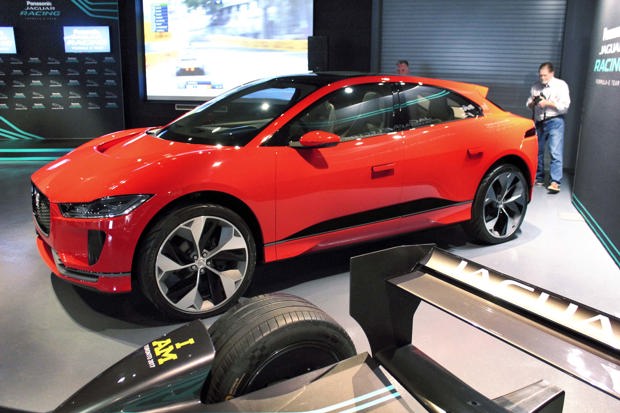
The Jaguar I-Pace will be on sale here for the second half of 2018, and according to Manager of Product Planning Alain Leynaert, what you see is what we will get, minus the massive 23-inch wheels. Jaguar design guru Ian Callum and his team have fashioned a bold, distinctive, and decidedly Jaguar-esque (read: gorgeous) four-door compact crossover that will surely stand out when it hits the streets.
The I-Pace incorporates all the styling cues that Callum embraces to define the brand – short overhangs, swooping greenhouse, and muscular rear haunches. The LED taillights trace the contours of those found on the F-Type sports car, which echo those of the iconic E-Type. The one visual feature of Jag’s first electric vehicle that departs from the marque’s norm is its relatively short hood. Without a big internal-combustion engine (ICE) up front, interior packaging benefits.
The I-Pace is 5 cm shorter than the F-Pace crossover but its wheelbase is almost 12 cm longer.
This is a dedicated BEV platform that houses the 90 kWh lithium-ion battery pack within the floor. The battery is co-developed with LG and Williams of F1 fame. There are two Jag-designed 200 horsepower 258 lb-ft electric motors – one for each axle – so yes, the I-Pace is all-wheel-drive. Range is a Tesla 3- and Chevy Bolt-baiting 386 kilometres, and with a 0–100 km time of just over four seconds, the I-Pace will be a swift and silent hauler.
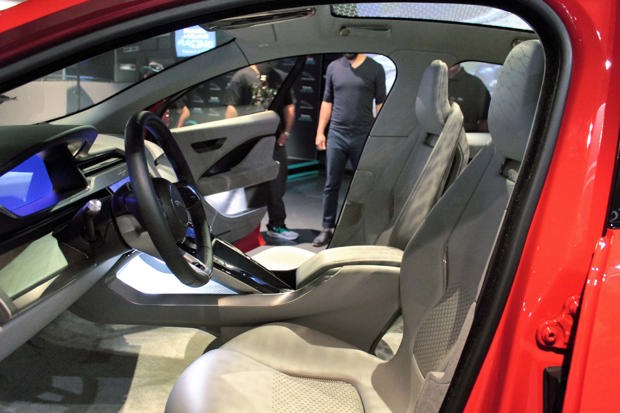
The concept is a four-seater, but production models will accommodate three in the rear bench. Leynaert says many of the snazzy interior design elements seen here will make production, like the floating central touchscreen flanked by two large control knobs, the storage space below, the large screen on the dash, the TFT instrument cluster, and haptic controls on the steering wheel.
Sitting next to the I-Pace was one of Jag’s Formula E racers on its way to contest a double-header in the upcoming Montreal event. Jag jumped aboard the Formula E train for this third season, snagging a spot that was abandoned by a team that bailed due to lack of funds.
Traditional motor racing enthusiasts might be wondering what all the fuss is about these quiet race cars that can’t make a full race on a charge (the drivers switch to a second car halfway through). But like everything related to vehicular electrification, the manufacturers are forging ahead gangbusters, well ahead of the buying public, and in the case of Formula E, ahead of race fans.
Jaguar sees Formula E as an opportunity to develop its BEV technology, along with, of course, an excellent marketing tool for electrification. The series may be in its infancy, but rest assured, it is going nowhere but mercurial.
BMW and Audi are coming on board with full work teams, and Mercedes-Benz has just announced it is entering the Formula E fray for season six – and abandoning DTM!
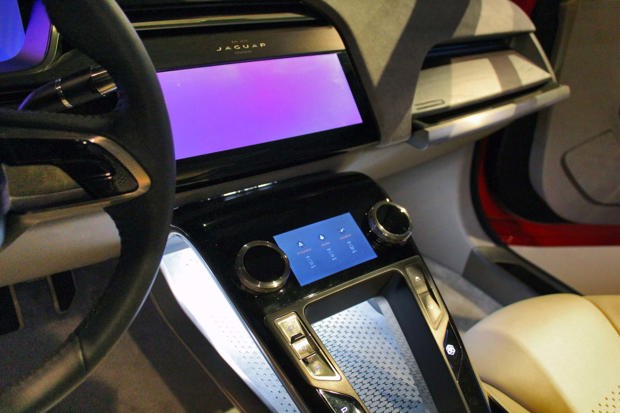
Unlike Formula 1 where teams can spend untold gazillions on aerodynamics alone, Formula E is designed to promote the advancement of BEV technology. Teams are supplied with a tub, front suspension and battery – the motors, converters, transmission and rear suspensions are the domain of each manufacturer. By next season, the cars will be completing the full fifty-minute race on a single charge.
Soon Formula E will be the most contested race series in the world, featuring Jaguar, BMW, Audi, Mercedes-Benz, Renault, and Citroen, along with some expected Japanese marques. Rumours are now swirling of Ferrari’s impending involvement.
So yes, every major vehicle manufacturer is banking on an electric future. But how far away is it? Here in Ontario, it’s not even remotely visible.
A scattering of charging stations. Miniscule EV sales despite provincial incentives that make the reasonably priced battery cars an absolute steal. If you can make a range of 200 kilometres work, $14,000 off the price of a 2017 Hyundai Ionic Electric or Volkswagen e-Golf is almost laughable – in a good way.
The 2019 Jaguar I-Pace will be in a different snack bracket – closer to Tesla Model S territory – which means it will likely do pretty well since there seems to be no end of moneyed early adopters. It will probably outsell the excellent Hyundai Ionic Electric that can be had for just north of $20,000 after the Ontario rebate. Oh, the irony.
The electric revolution is coming. Just don’t hold your breath. As Henry Ford famously said, “Ask people what they want, and they’ll say a faster horse.”
